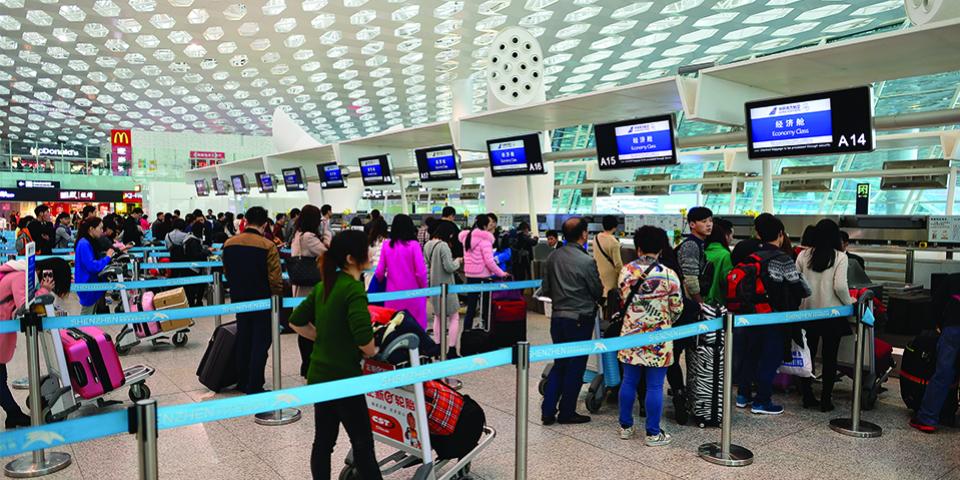


China has been and remains by far the fastest-growing tourism source market in the world over the past decade. Within this market, domestic tourism is the most important segment, while the outbound tourism industry has seen the largest growth. This new report provides a comprehensive overview of the market and identifies the key areas with opportunities for European SMEs.
According to the United Nations World Tourism Organization (UNWTO), China has been and remains by far the fastest-growing tourism source market in the world over the past decade. Within this market, domestic tourism is the most important segment, inbound tourism has stabilised in recent years, while the outbound tourism industry has seen the largest growth. The total number of outbound trips organised for Chinese tourists rose to 109 million in 2014 – a 16.6% increase on the previous year. Figures from 2012 indicate that the Chinese have overtaken the Germans and the Americans as the highest spenders on international travel. A report released during the 2014 World Tourism City Federation (WTCF) put the amount of money spent by Chinese outbound tourists on overseas trips in 2013 at USD 128.7 billion. In 2014, it is estimated that total outbound expenditure reached USD 155 billion. According to the China National Tourism Administration (CNTA), China’s tourism industry received approximately USD 17 billion in direct investment in 2014 – a year-on-year increase of 32%. From the above data, it may appear that EU SMEs should be eagerly grasping all the opportunities created by this booming market. The reality, however, is that despite these alluring figures, China’s travel industry remains highly regulated. Indeed, no foreign travel agency based in China is allowed to operate outbound travel services for Chinese nationals. This restriction was eased to a certain extent in 2011, when CNTA granted “outbound” licenses to three foreign-invested operators following a tedious, lengthy approval process. The regulations at the newly established Shanghai Pilot Free Trade Zone, where the National Tourism Administration has shown their intention to further open up the industry, are another promising sign. EU SMEs can benefit from the current wave of Chinese tourists coming to Europe, even though 88% of outbound tourists prefer to use travel agencies as a means to avoid visa application complications. Companies can seek partnerships with Chinese outbound agencies, or offer dedicated services and packages catering to Chinese tastes and demands, using the internet as a platform. Ctrip, one of the leading Chinese tourist operators, revealed that 78% of Chinese tourists gathered information for their trip from the internet in 2014. There are also some interesting opportunities in the inbound market, where expats, foreign visitors and the high-end segment of the Chinese market have a demand for creative and service-oriented packages. There are currently several examples of EU SMEs operating successfully in this area. In the last decade, China’s domestic tourism market is reported to have grown by 10% on average each year. In 2013, China’s domestic tourism industry serviced 3.26 billion people – a 10.3% year-on-year increase – with an aggregated revenue of CNY 2.6 trillion. In 2014, China’s domestic tourists numbered 3.63 billion, and domestic tourism expenditure increased by 16.3% from the previous year. In terms of total revenue, Beijing topped the list of Chinese tourist cities in 2014 with CNY 428 billion. Shanghai and Guangzhou ranked second and third, with CNY 341.6 billion and CNY 252.2 billion, respectively. A number of factors are a cause for optimism when predicting further growth for China’s travel and tourism industry. Among these are an improved legal framework, the expansion of China’s middle class, the relaxation of visa procedures, and favourable exchange rates.
Report Outline
Policy Indicators and Regulatory Structure
Market Overview
The Online Market
Key Growth Drivers
Client Segmentation
Outlook and Forecast
Practical Advice
Further Information